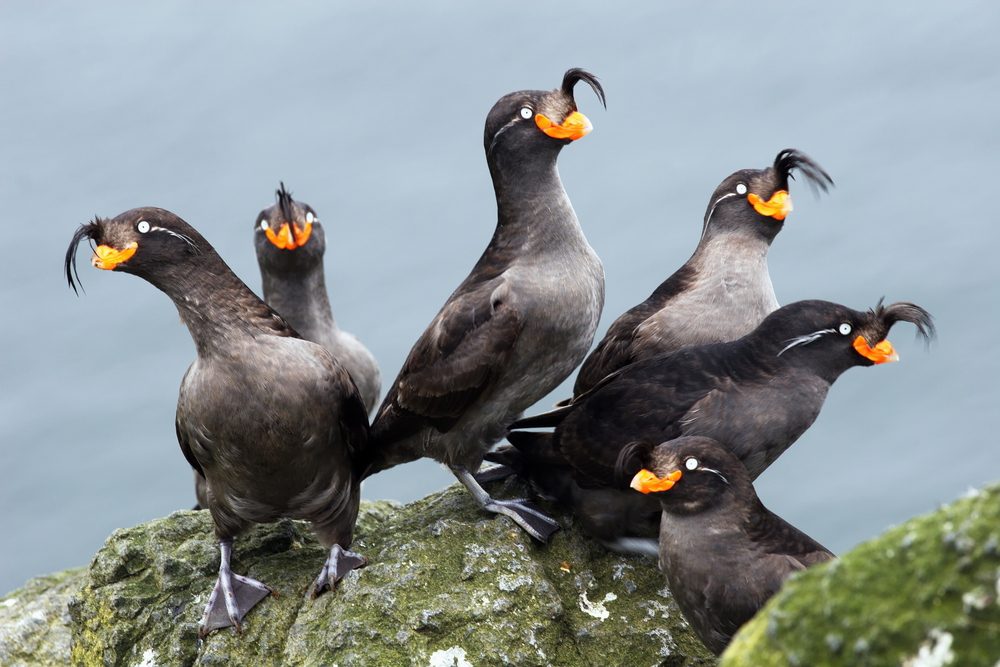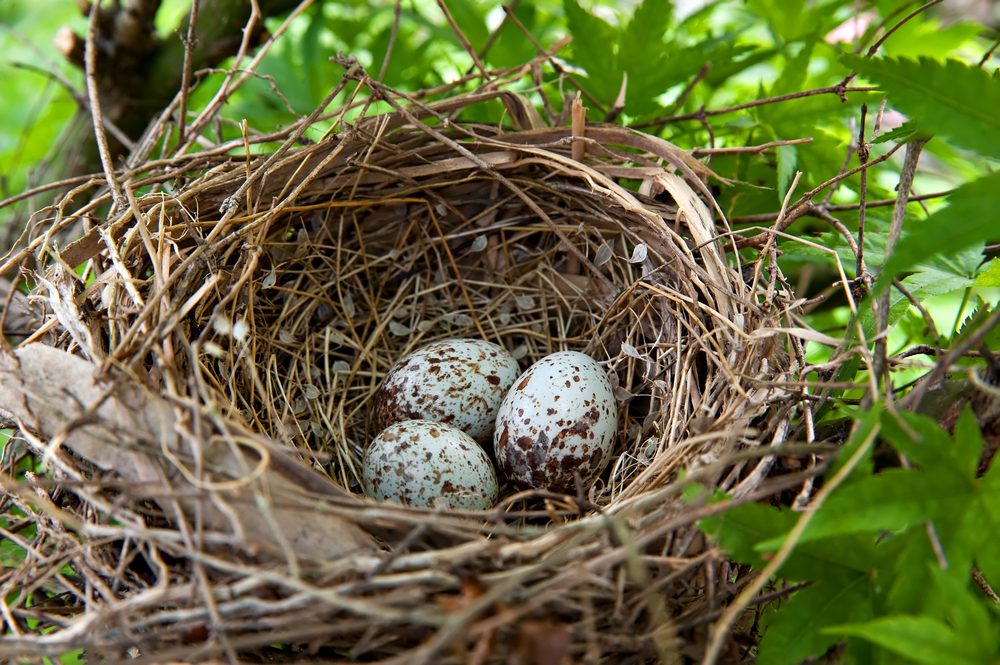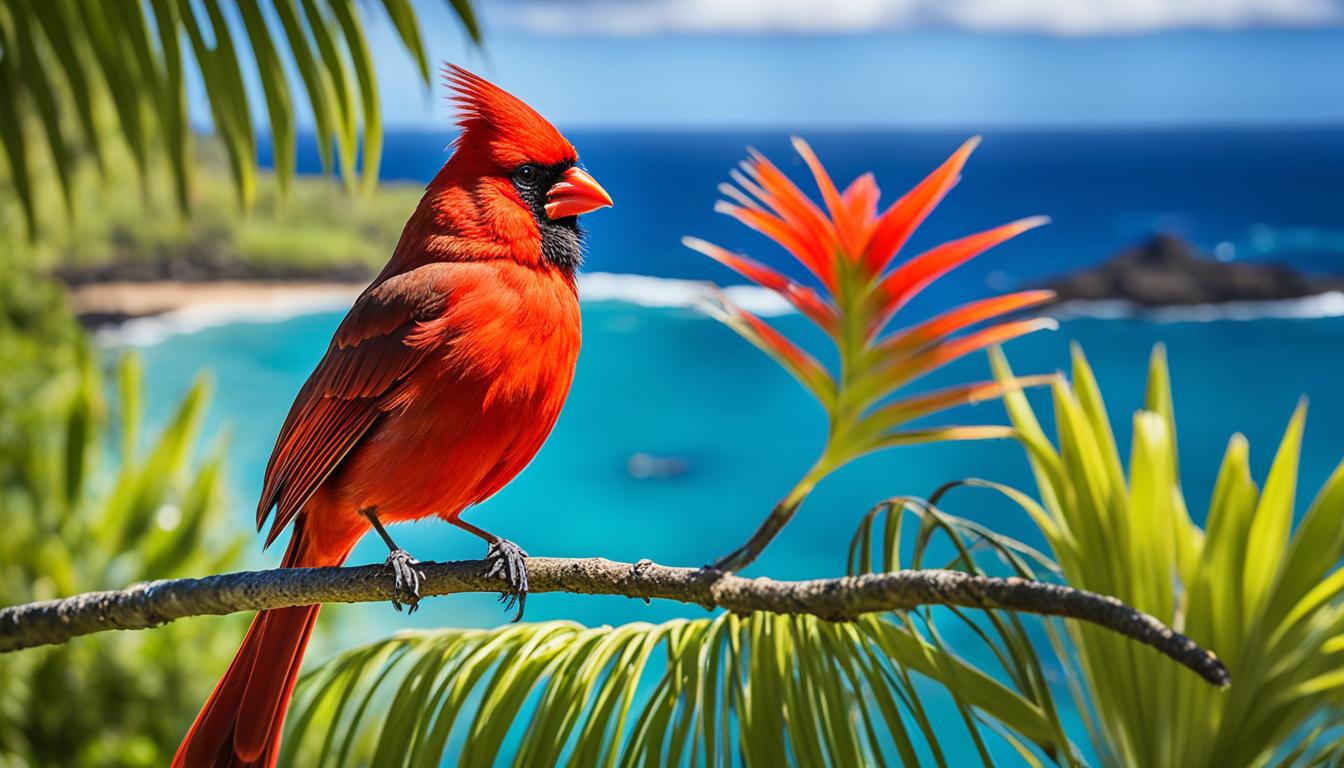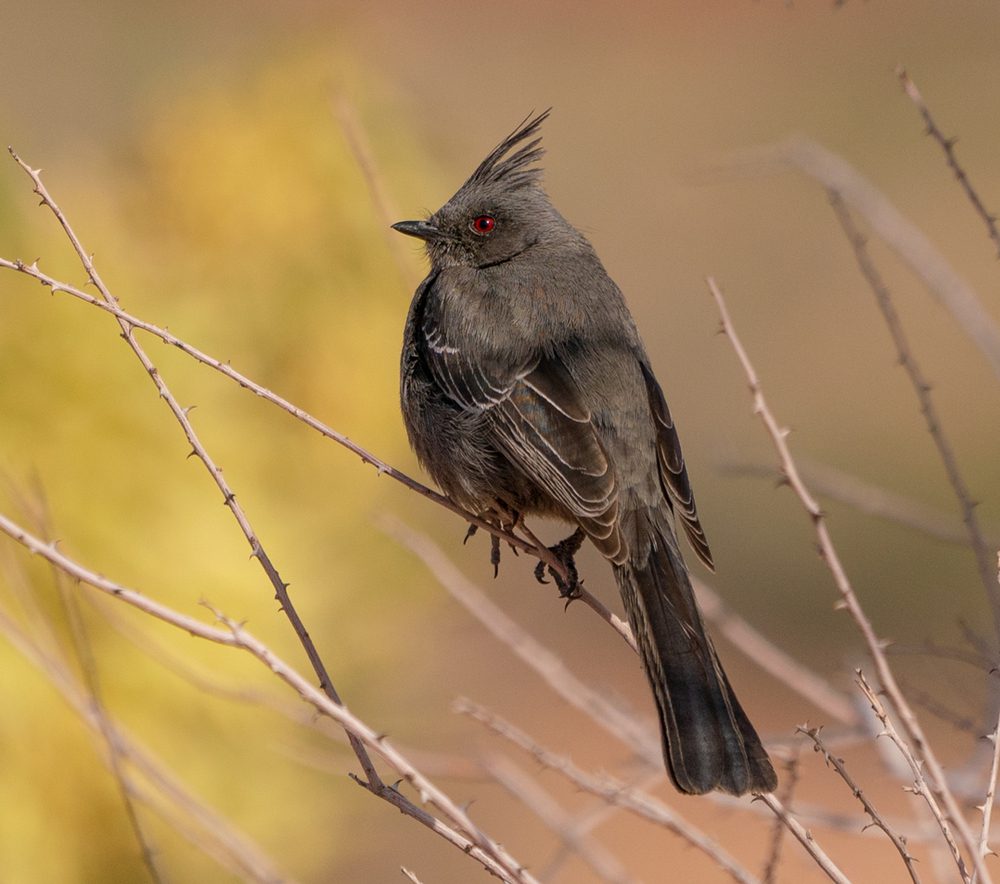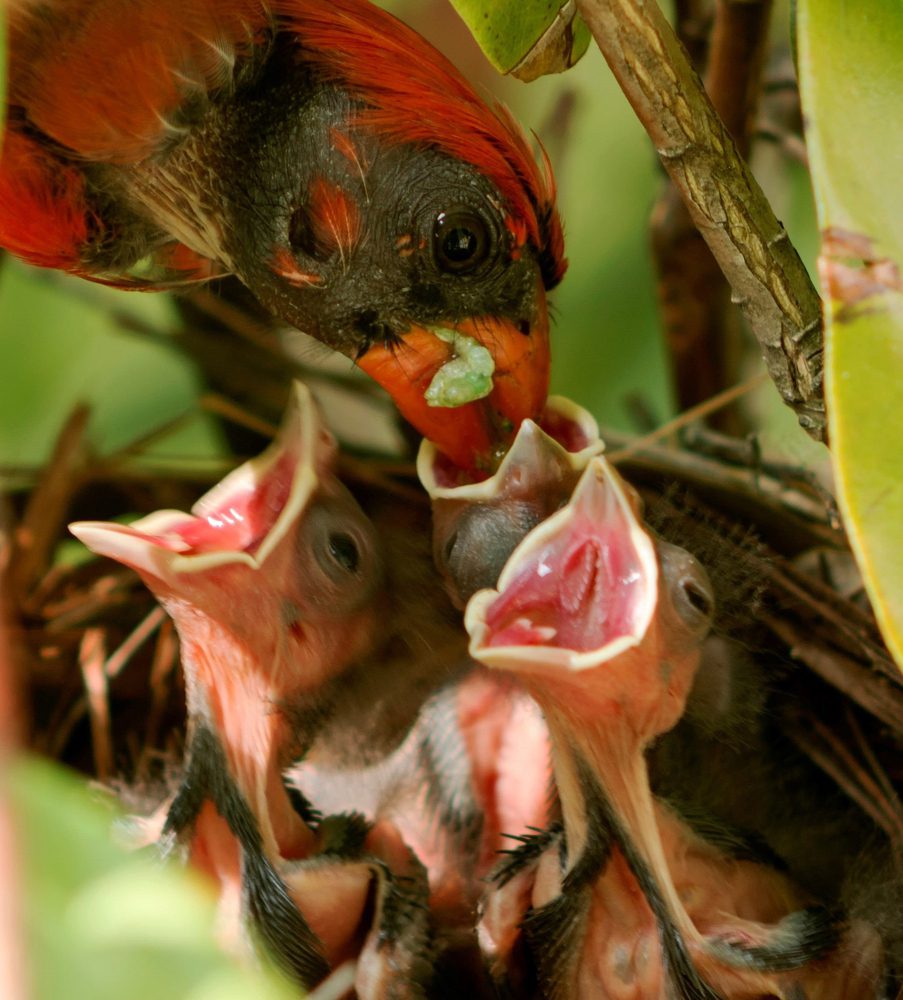Welcome to the vibrant world of birds with orange beaks! These stunning creatures come in a dazzling array of shapes, sizes, and colors. From the giant bill of the toco toucan to the delicate orange hue of the common blackbird, orange beaks add a pop of color and character to avian diversity.
Some of the most well-known birds sporting orange beaks include:
- Toco Toucans – The largest toucans in the world, recognizable by their black, white and red plumage and massive orange bills.
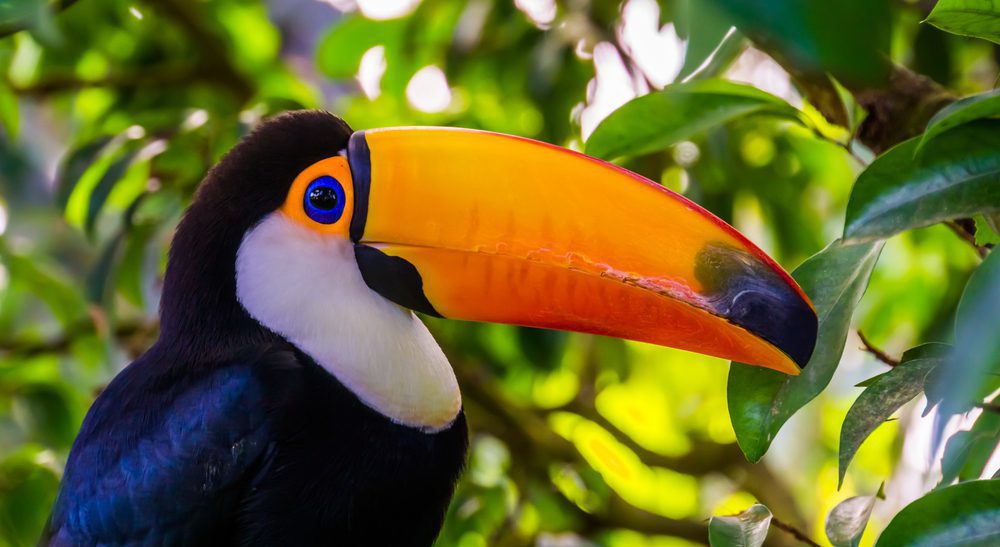
- American White Pelicans – Large waterbirds with bright orange bills and throat pouches used for catching fish.
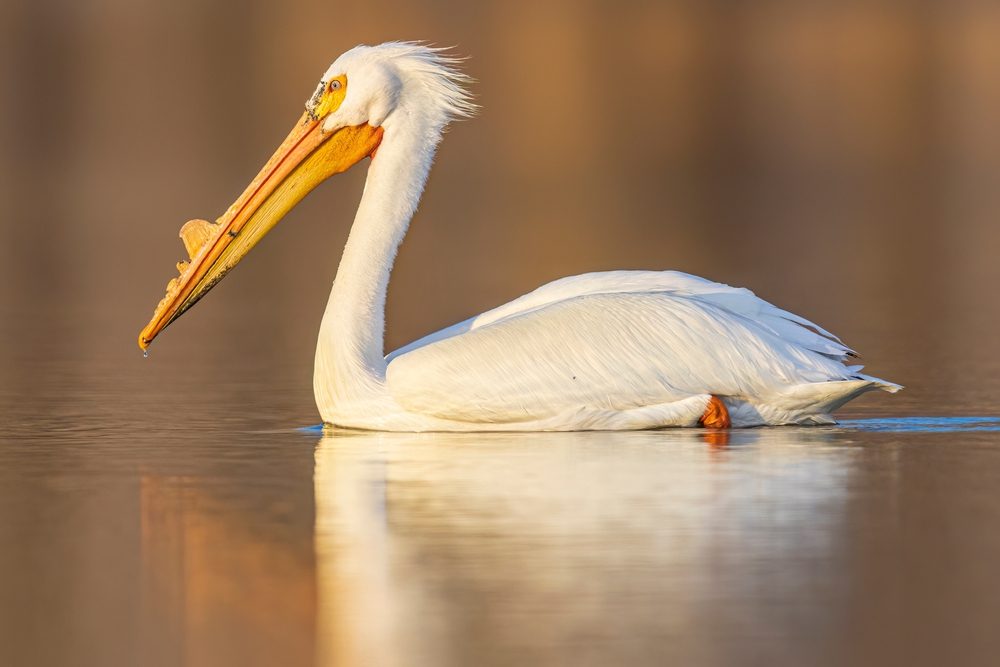
- Crested Auklets – Tiny seabirds of the northern Pacific with bright orange beaks and feather crests.
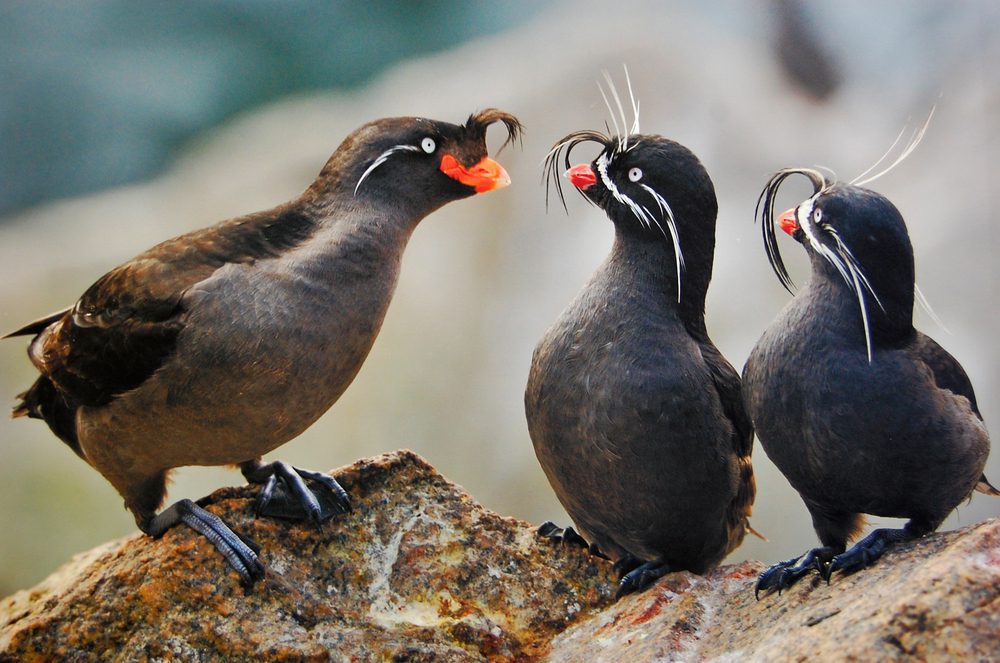
- Grey-headed Gulls – Medium-sized gulls with orange-red bills and legs and grey heads.
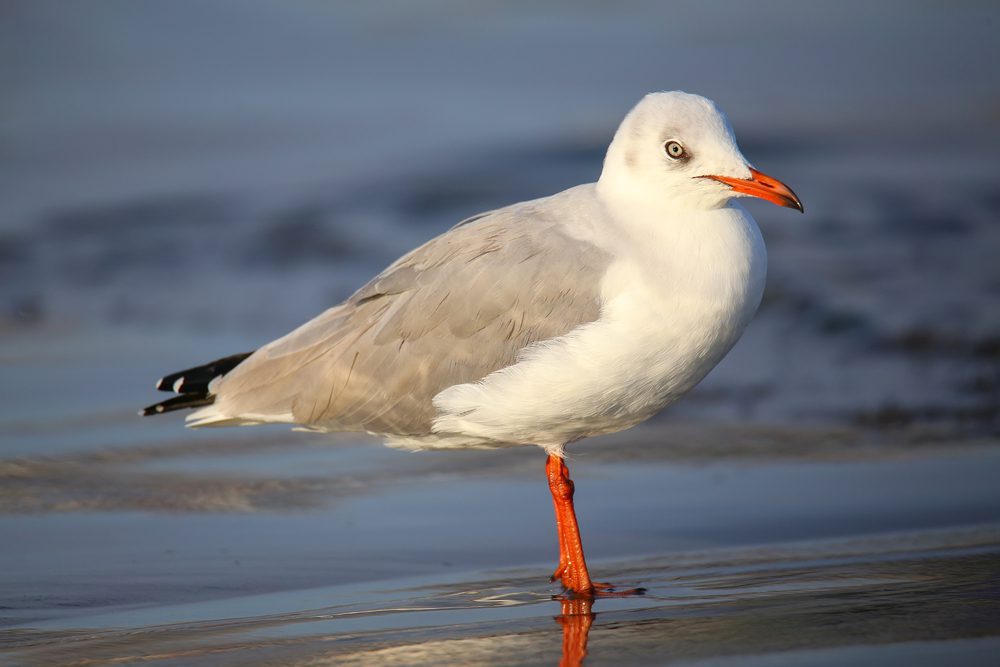
- Common Blackbirds – Medium-sized songbirds with black plumage and orange-yellow bills on males.
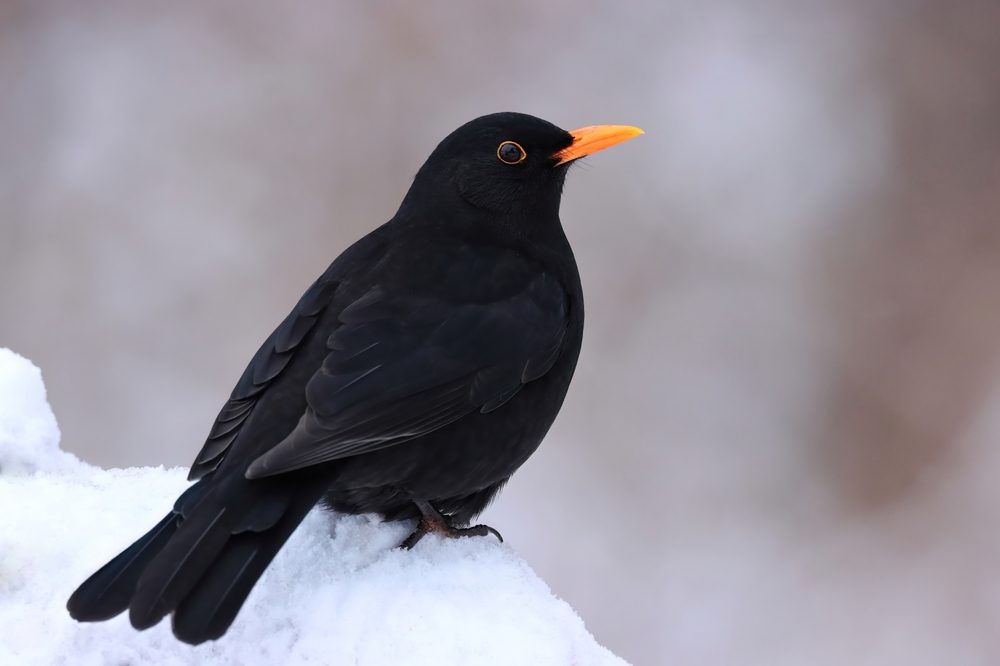
The vibrant world of birds with orange beaks contains incredible diversity. In the sections to come, we’ll explore what makes these birds unique, from their evolutionary adaptations to conservation issues. The goal is to highlight their beauty while calling readers to appreciate and protect these captivating creatures. Let’s begin uncovering the mysteries of the avian world!
Distinctive Toucans
The toco toucan is perhaps the most iconic bird with an orange beak. Native to South America, these social birds live in small flocks in rainforests and woodlands. Toco toucans have striking black plumage with white throats and bright orange beaks that can grow up to 20 cm long. Their massive, vibrant beaks play vital roles in mating displays, fruit foraging, and regulating body heat.
Voracious Blackbirds
Male common blackbirds are medium-sized songbirds with jet black feathers and orange-yellow beaks. These widespread Eurasian birds thrive in parks, gardens, and farms, feeding on invertebrates, berries, and fruit. The female blackbird has brown plumage with dark streaks and a brownish beak. As omnivores and scavengers, blackbirds help control pest populations while also dispersing seeds.
Spear-Beaked Auklets
The crested auklet is a small seabird of Alaska and Russia, named for its elegant head plumes. Its stout orange bill is specialized for catching plankton and small crustaceans. During breeding season, auklets gather in huge seabird colonies on remote islands and rocky cliffs. Their bright beaks likely help the birds recognize mates and chicks among dense nesting flocks.
Graceful Shorebirds
American oystercatchers are striking black and white shorebirds that inhabit coastal marshes and beaches. They probe exposed sand and mud for bivalves using their long, pointed orange bills. Oystercatchers form monogamous pairs and defend nesting territories from predators with noisy piping calls. Conservation efforts aim to protect their threatened beach habitats. END OF SECTION
Uniqueness of Birds With Orange Beaks
Orange beaks in birds serve a variety of important functions related to mating displays, foraging behaviors, and species recognition. The bright coloration likely evolved as an adaptation to help with these key behaviors.
Significance in Mating Displays
Male birds often use their colorful beaks in elaborate mating rituals to attract female partners. An orange beak can create a striking visual display to impress potential mates. For example, male red-breasted toucans will throw their heads back to showcase their vibrant orange beaks to visiting females during breeding season.
Maximizing Foraging Success
The orange coloration helps some species locate and capture food more effectively. Fruit-eating birds like toucans use their brightly colored bills to spot ripe, orange fruit among green foliage. Insect-eating birds may also use orange beaks to startle and capture flying insects. The bright coloration helps accentuate sudden pecking movements.
Species Recognition
In flocking bird species like blackbirds, the distinctive orange beak coloration allows individual birds to recognize members of their own species. This ability to differentiate between species based on beak color is vital for these highly social birds to coordinate behaviors like feeding, flock movement, and collective nest defense.
So while the orange beak coloration of birds may appear purely aesthetic to human eyes, it serves critical functions related to mating, feeding, and social interactions in avian species. The uniqueness of these colorful beaks has evolved over time to provide birds with behavioral and ecological advantages.
Birds with orange beaks exhibit a diverse range of behaviors and inhabit a variety of habitats across the world. Their bright, colorful bills serve important functions related to mating, feeding, and interacting with their environments.
Foraging Behaviors
Many birds with orange beaks employ specialized foraging techniques suited to their habitats and food sources. For example, American white pelicans plunge dive from the air into water to catch fish. Grey-headed gulls pick insects and other small prey items from mudflats. Toco toucans use their large, orange bills to reach and pluck fruit from trees.
The shape and size of different orange bills have evolved to help birds access certain foods. Thick, strong bills like the pelican’s help catch slippery fish. Long, curved bills like the toucan’s allow reaching into crevices. Sharp bill tips aid insectivorous birds in capturing prey.
Nesting Habitats
Birds with orange bills nest in diverse habitats, from wetlands to forests to urban areas. For instance, American white pelicans nest communally in large colonies on isolated islands along inland waterways. Toco toucans excavate nest holes high up in rainforest trees. Meanwhile, common blackbirds often nest in bushes, hedgerows, and gardens in close proximity to humans.
Nest placement depends on factors like safety from predators, shelter from weather, and access to food sources. The materials used in nest construction also vary between species based on habitat. For example, pelicans arrange sticks and reeds together on the ground, while toucans line their tree cavities with soft plant fibers.
Ecological Roles
As part of natural ecosystems, birds with orange bills fulfill important ecological roles. Seed-dispersing toucans help regenerate rainforest trees. Fish-eating pelicans influence aquatic food chains. Insect-controlling gulls and blackbirds check pest populations. Their behaviors shape and sustain the habitats they occupy.
Some orange-billed birds also provide key ecosystem services. For instance, the excavating activities of toucans create roosting and nesting sites for other cavity-dependent animals. And by scavenging carrion, gulls help eliminate organic waste in both natural areas and human settlements.
Addressing Threats to Bird Populations and Habitats
Birds with vibrant orange beaks face numerous threats that endanger their populations and degrade their natural habitats. Deforestation and land development have destroyed many forest ecosystems that support these birds. Invasive plant species also outcompete native vegetation that birds depend on for food and shelter.
Furthermore, pollution from agricultural runoff, industry, and urban areas introduces toxins into birds’ environments. Intensive agriculture reduces the diversity of insects and plants that insect-eating birds rely on. Overharvesting of bird species for the pet trade has also decimated some populations. And climate change alters weather patterns and habitats in ways that threaten birds’ breeding, migration, and ability to find food.
Supporting Conservation Initiatives
Concerned citizens can support conservation initiatives in numerous impactful ways. Volunteering with habitat restoration projects helps recreate native ecosystems. Providing bird feeders, nest boxes, and bird-friendly landscaping around homes creates sanctuary spaces. Reducing pesticide use allows insects to rebound, giving birds ample food supplies. Additionally, donating to nonprofit conservation organizations funds programs protecting endangered birds through scientific research, breeding programs, habitat acquisition, and education campaigns. Contacting government representatives shows decision-makers that constituents care about conservation policymaking.
Simple, Everyday Actions to Help Birds
Simple, everyday actions can also aid bird conservation. Preventing window collisions with decals saves hundreds of thousands of birds annually. Keeping cats indoors protects billions of wild birds and other animals killed by domestic cats each year. Supporting shade-grown coffee or cocoa ensures wintering habitat is available for migratory birds. Using reusable shopping bags reduces plastic waste that entangles and sickens birds.
Appreciating Nature’s Flying Jewels
As we implement conservation initiatives, we should also pause to appreciate the birds around us. Watching a scarlet tanager glowing like ember as it flits through green leaves. Hearing a red-breasted merganser’s rattling cry echo across a misty lake. Witnessing the burst of a wood-boring beetle crushed in an acorn woodpecker’s orange vise. Each sight and sound reconnects us to nature’s flying jewels. Each small act of conservation allows more people to experience birds’ captivating colors, songs, behaviors and mysteries. And ensures future generations inherit a vibrant world of birds with orange beaks. END OF SECTION
Conclusion – Celebrating Nature’s Beauty
The vibrant world of birds with orange beaks is truly a sight to behold. From the majestic toco toucan of South America to the plucky American oystercatcher along North American coastlines, these avian creatures captivate us with their stunning colors and remarkable adaptations.
As we have explored, orange beaks serve important ecological roles for these species, whether for mating displays, efficient foraging, or even regulating body heat. The diversity of birds with orange beaks spans habitats from tropical rainforests to rocky seashores, each relying on the form and function of their beaks in unique ways.
It is vital that we appreciate and protect these birds as our human activities continue to threaten vulnerable ecosystems. By supporting conservation initiatives, respecting protected habitats, and instilling an ethic of environmental awareness in future generations, we can ensure these vibrant species are celebrated for years to come.
I encourage all readers who have found fascination in these pages to cherish the beauty around you. Whether observing birds in your backyard, volunteering at local refuges, or simply sharing your passion with others, you have the power to make a difference for avian biodiversity worldwide. Our vibrant future lies in our collective appreciation for the colors, sounds, and gifts of the natural world.

